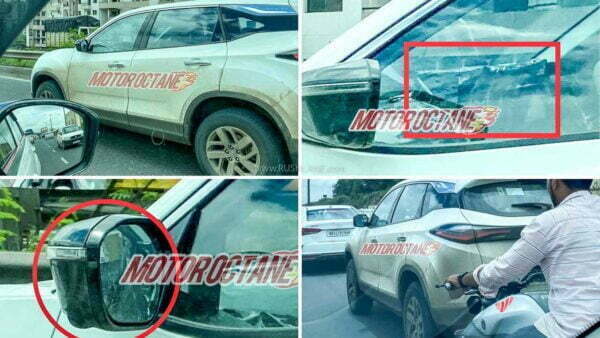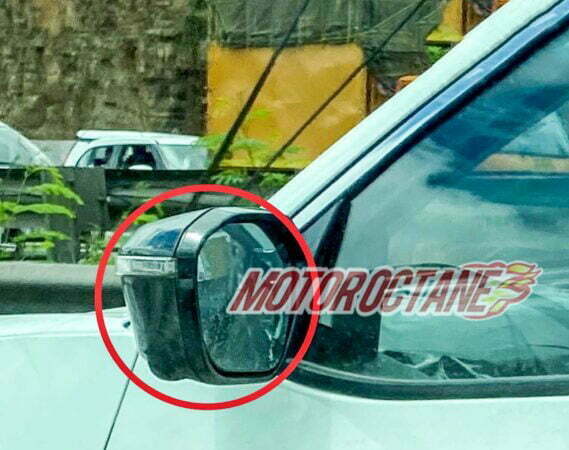Base variants of the Harrier and Safari will be offered at a reduced starting price with the petrol engine choice. SUVs traditionally ran on diesel fuel, but the switch to BS6 emission standards has made petrol-powered SUVs necessary. The cost of BS6 compliance with a gasoline engine comes out to be less expensive, thereby lowering the vehicle’s beginning price. The majority of OEMs now provide a petrol option with their SUVs, and some, like Maruti, have completely abandoned diesel options in Favour of a petrol-only strategy.
Popular alternatives in the midsize SUV sector include the Jeep Compass, Hyundai Alcazar, Tata Safari, and Harrier. All other SUVs have both petrol and diesel engine options, with the exception of the Harrier and Safari, which only have a diesel option. Tata Motors will be able to make Harrier and Safari more accessible to a wider audience by offering a petrol option group of consumers.
Tata Harrier Petrol Launch
Although there are no official specifics, the new Harrier/Safari petrol engine is most likely going to be a 1.5-litre turbocharged unit. It should be able to generate a maximum power of about 150 hp. Currently, the 2.0-liter KryoTech turbo diesel engine that powers the Harrier and Safari produces 170 PS at 3,750 rpm and 350 Nm at 1750–2500 rpm. Both a 6-speed manual and 6-speed automatic transmission are available. Both a manual and automatic transmission option will be available for the new petrol engine for the Harrier and Safari.
Tata Harrier variant might be made available for as little as Rs 14 lakh (ex-showroom). The base model of the Safari petrol could cost around Rs 14.5 lakh. The starting prices for the manual Harrier and Safari models are currently Rs. 14.65 lakh and Rs. 15.25 lakh, respectively. Automatic range starts at, respectively, Rs 17.35 lakh and Rs 18 lakh.
2023 Tata Harrier facelift
For the next Harrier facelift, Tata Motors will also be delivering a number of upgrades in addition to the addition of a petrol engine choice. Internally known as Q5MCE, the Harrier makeover was spotted during road tests. It is anticipated to receive both aesthetic and functional upgrades. Updates to the front fascia, comprising the grille, headlamps, and bumper, can enhance appearance. New alloy wheels are anticipated for the Harrier facelift as well.
Inside, the revised infotainment system for the Harrier facelift will have a bigger display. The stereo system might also be modernized. The iRA connected car technology, which is presently only supplied with top-spec models, might also be made available with mid-spec models.
360-degree surround-view cameras, ventilated seats, air purifiers, and wireless Android Auto and Apple CarPlay are other potential upgrades. The Harrier Kaziranga Edition already has some of these features.

Given that the XUV700 is currently dictating the terms of the midsize SUV market, it’s probable that the Harrier facelift may include ADAS technologies. Tata Motors will make an effort to equal the ADAS features offered by the XUV700, if not surpass them. In the latter scenario, expect major cancellations of XUV700 reservations, which now have extraordinarily high waiting times of up to 24 months for some models.


